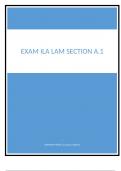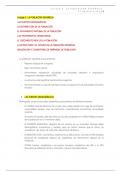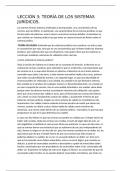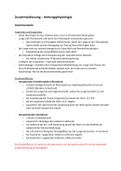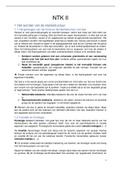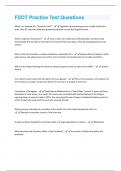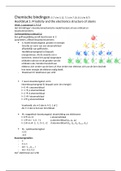Examen
Exam ILA LAM Section A.1
- Cours
- Établissement
r_t = (MV_t - MV_(t-1))/(MV_(t-1)) If CF occurs BOP t: (MV_t - (MV_(t-1) + CF_t))/(MV_(t-1) + CF_t) If CF occurs EOP t: ((MV_t - CF_t) - MV_(t-1))/(MV_(t-1)) Total rate of return - answer-Includes realized and unrealized capital gains in addition to income -Allows return to be compared ac...
[Montrer plus]
